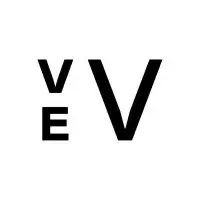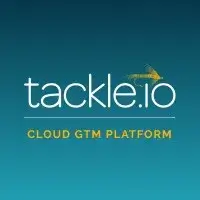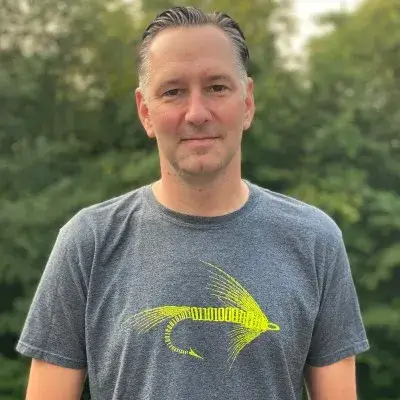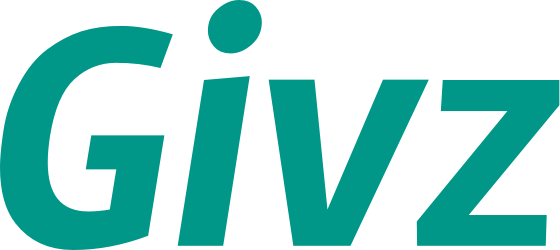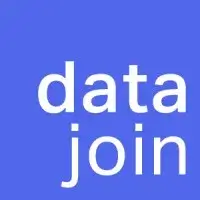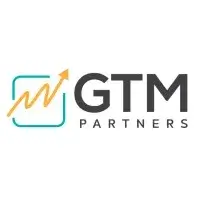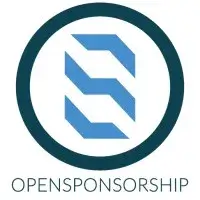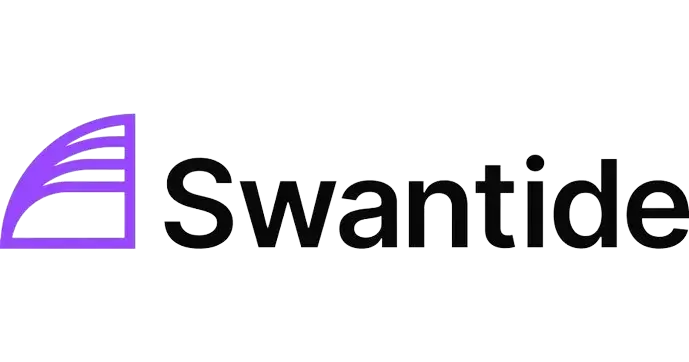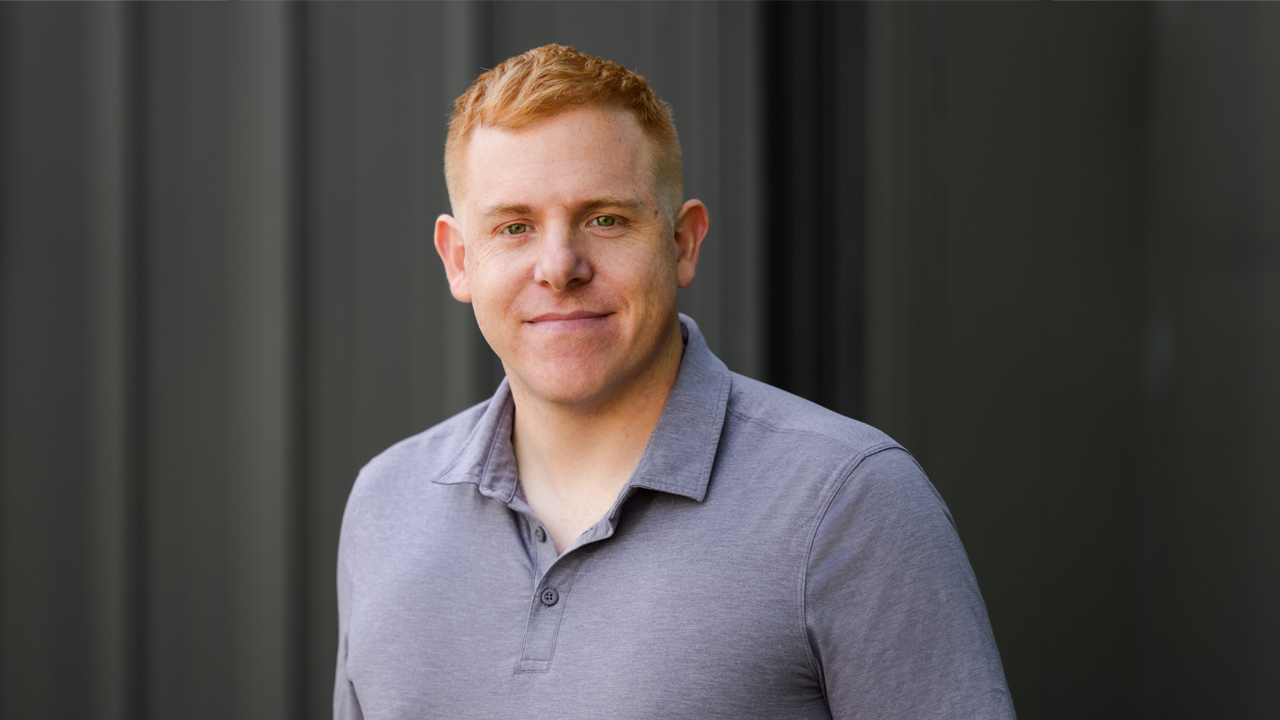Ready to launch your own podcast? Book a strategy call.
Frontlines.io | Where B2B Founders Talk GTM.
Strategic Communications Advisory For Visionary Founders
Conversation
Highlights
Finding Signal in the Noise: How Ren Systems is Revolutionizing Relationship Intelligence for Dealmakers
A chance meeting before a honeymoon led to a two-hour philosophical conversation about relationships. That conversation sparked an idea that would eventually become Ren Systems, a relationship intelligence platform that’s raised $8.8 million to help dealmakers find signal among the growing noise of modern business.
In a recent episode of Category Visionaries, Canay Deniz, CEO and Co-founder of Ren Systems, shared the unconventional journey of building a platform that helps commercial real estate brokers, management consultants, and investment bankers extract more value from their networks.
The Origin Story: Systematizing Serendipity
Ren Systems’ story begins with an ironic twist for a company whose vision statement is “systematizing serendipity.” It started when Canay reached out to a friend before his honeymoon to catch up.
“I was like, ‘Hey, I’m leaving my current gig. I’m going to go get married, travel the world. And I’m back. I want to pick your brain on a few things,'” Canay recalls. His friend wrote back a single line: he had to meet Mike Hayes, a former commander of SEAL Team 2 who had advised presidents and later worked with Ray Dalio at Bridgewater.
What was supposed to be a 30-minute conversation turned into two hours of philosophizing about relationships. This led to introductions to other high-profile individuals like Frank D’Souza, a Fortune 200 founder and CEO, and the former CEO of JP Morgan.
“That was the original clique of people who were really living this problem and thinking about it and sort of brought me to the table to say, ‘Hey, tech guy, you know, let’s figure out a solution here,'” Canay explains.
Identifying the Real Problem: It’s Not Just LinkedIn
When first hearing about the relationship management challenges these executives faced, Canay was skeptical.
“My first instinct was, well, it sounds like guys don’t know how to use LinkedIn and all the other tools that are out there,” he admits. “And as I’m thinking about it, I’m like, well, hold on a second. Those don’t even solve it for me, and these guys are a million times busier than I am.”
After interviewing hundreds of professionals, Canay discovered something profound: “For a very broad swath of people, this problem is, one, really real. It’s there and it’s huge. And two, there’s no real solution for them because all of them claim, you know, it’s more art than science.”
Ren Systems’ core insight was that existing tools focus on who to contact and how to reach them, but neglect the critical when and why. As Canay explains, “There’s a lot of solutions out there that are helping you with who should you reach out to and how should you reach out to them. There’s very few solutions out there for when and why should I reach out. And that’s what we bring.”
The Perfect Timing: COVID Launch
Ren Systems’ official launch date? March 1, 2020—literally days before the world shut down due to COVID.
“I fly in my technical co-founder and CTO, Lionel from Switzerland. He comes to New York with the perspective, ‘Hey, we’re going to be on the ground six months,'” Canay recalls. “And then like, a few days in, we’re at the restaurant, we’re like the only ones brainstorming. Like, this is starting to feel a little strange.”
His co-founder soon caught one of the last flights out of New York for months, and the team found themselves building their product remotely from their kitchens. While many startups might have rushed to market, Ren took a different approach.
Taking Time to Get it Right
Rather than racing to commercialize, Ren Systems spent a full two years in “the lab” perfecting their product. This patience was enabled by “patient capital” from their early investors.
“We knew this is a crowded space. There’s a lot of sales intelligence tools out there. There’s a lot of companies that sort of stumbled upon becoming a CRM, which we didn’t want to do. We knew we needed to take a different approach,” Canay explains.
The team was “hyper focused” on getting the end user experience right, knowing that senior dealmakers had zero patience for learning curves. “If it doesn’t work within 5 seconds, I already lost interest,” Canay says, describing their users’ mentality.
This approach may seem counterintuitive in today’s fast-paced startup world, but Canay believes it was crucial: “I think now I’ll probably do it again, but just because I have more experience, I’ll probably iterate faster and arrive there faster. But I do still think that if you can afford it, getting that first end user experience right is hyper important.”
A Hybrid Go-to-Market Strategy
When Ren Systems finally started actively selling in early 2023, they faced a critical choice: product-led growth or enterprise sales?
“Product growth to a PLG was all the rage. So we’re like, ‘Hey, let’s build all the stuff into the product and we’ll have word of mouth,'” Canay says. But they didn’t rely solely on this approach.
“I tried to learn from companies who are very successful, but where a lot of smart people claim they waited too long on either of the two sides. Either waiting too long with building up sales capacity and a proper go to market, or waiting too long on building product growth elements into their product. So I kind of tried to build a hybrid approach.”
This strategy meant making the product easy to try, use, and share, while also developing an enterprise sales motion to target decision-makers. Their target buyers typically have “some sort of responsibility overall revenue,” alongside influential end users who drive adoption within the organization.
The Bottom-Up Enterprise Momentum
What makes Ren’s go-to-market strategy particularly effective is how they leverage individual user adoption to drive enterprise deals.
“When we have the conversation with an actual buyer decision maker, we’re going to them saying, ‘Listen, you know, a couple dozen people are on our platform already. If you want to coordinate this and make the roll a lot smoother for you guys, we can help with that,'” Canay explains.
This creates a very different dynamic than traditional enterprise sales: “Oftentimes they will have heard about it internally already anyway.”
Counterintuitive Sales Tactics That Work
When selling to relationship-focused professionals, Ren Systems discovered some surprising truths about effective outreach.
“When you’re selling to sellers, one, it’s really insane how often they pick up the phone. So we actually found out that cold calling is an excellent way for us to build pipe,” Canay reveals. Additionally, they’ve found that simply asking for referrals works remarkably well: “We talk to people, we ask, ‘If there’s anyone else that you can think of that could benefit from this.’ And oftentimes we get back a dozen or so names.”
A Strategic Investment from ZoomInfo
In 2023, Ren Systems raised funding from multiple sources, including a strategic investment from ZoomInfo. While some might view ZoomInfo as a potential competitor, Canay sees a complementary relationship.
“The customer base of ours versus ZoomInfo’s is quite different,” he explains. “The more STR, BDR, seller, marketer type that is using ZoomInfo is fairly different from the typically sort of further ahead in their career, very relationship driven, more art versus science [professional].”
The Contrarian Bet on Human Relationships
Perhaps most interesting is Ren Systems’ contrarian position in the AI landscape. While many tools aim to automate human interactions, Ren focuses on enhancing them.
“One of our users actually put it this way: Ren is the one AI tool that is strengthening the one thing AI will never replace, which is human-to-human relationships,” Canay shares.
In a world increasingly dominated by automation, Ren Systems is betting that the value of authentic human connection will only increase. As Canay puts it, “At some point, people are going to be like, ‘Well, hold on a second, like, why do we live?’ So I think, oddly enough, it might be the reverse.”
Looking ahead, Canay envisions Ren becoming “the biggest noise filter in the world that tells you in the morning, here’s what you need to know for the day, and you’re good.” The goal is to maintain simplicity for users while building increasingly sophisticated intelligence beneath the surface.
For B2B founders, Ren Systems’ journey offers valuable lessons: the importance of patience in product development, the power of a hybrid go-to-market approach, and the value of solving a specific, meaningful problem—even when that solution runs counter to prevailing tech trends.
Actionable
Takeaways
Patient capital enables product excellence:
Canay's investors allowed them to spend two years in "the lab" perfecting their product experience before aggressive commercialization. This patience enabled them to build something truly differentiated in a crowded sales intelligence space. As Canay notes, "Getting that first end user experience right is hyper important, even if you're completely planning on becoming an enterprise solution."
Build for your actual users, not idealized personas:
Ren Systems' target users are senior dealmakers who "can't be bothered to even open their email." Understanding this reality shaped their product to deliver extreme value with minimal friction. Canay explains, "The demand for solutions just value is pretty extreme with our end users. I don't have time to do anything, click a button, open anything, like learn a new tool. It just needs to work and if it doesn't work within 5 seconds, I already lost interest."
End users create enterprise momentum:
By focusing on individual user adoption first, Ren Systems created internal demand that made enterprise sales conversations easier. "When we have the conversation with an actual buyer decision maker, we're going to them saying, 'Listen, you know, a couple dozen people are on our platform already. If you want to coordinate this and make the roll a lot smoother for you guys, we can help with that.'" This bottom-up approach means decision-makers have often "heard about it internally already."
Find your serendipity engine:
Ren Systems began when Canay reached out to a friend before his honeymoon, who connected him with Mike Hayes, which led to connections with Fortune 200 founders. This network became both their initial investors and beta testers. As Canay says, "If it wasn't for warm introductions from very impressive people, nobody would have taken the time to talk to good old me."
When selling to sellers, leverage their natural behaviors: Ren's sales approach capitalizes on their target audience's behaviors:
"When you're selling to sellers, it's really insane how often they pick up the phone. Cold calling is an excellent way for us to build pipe." Additionally, relationship-driven sellers naturally refer others: "We talk to people, we ask, 'If there's anyone else that you can think of that could benefit from this?' And oftentimes we get back a dozen or so names."


